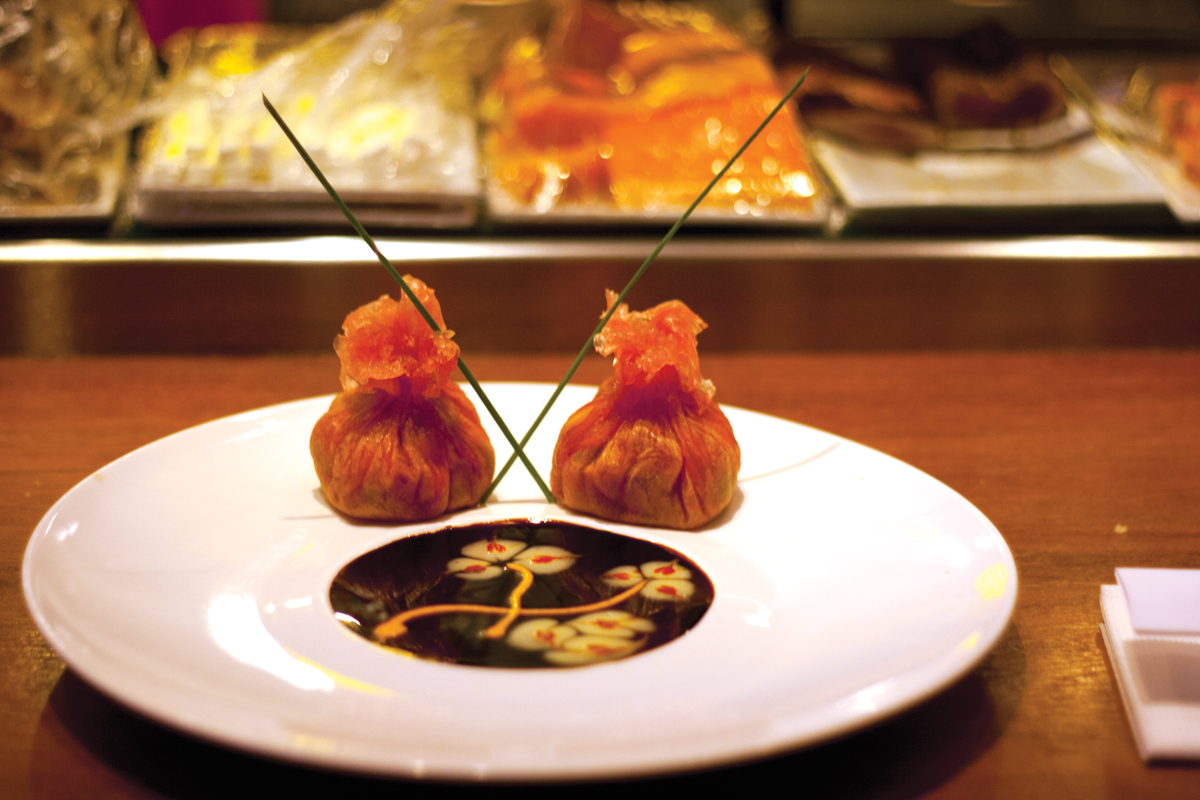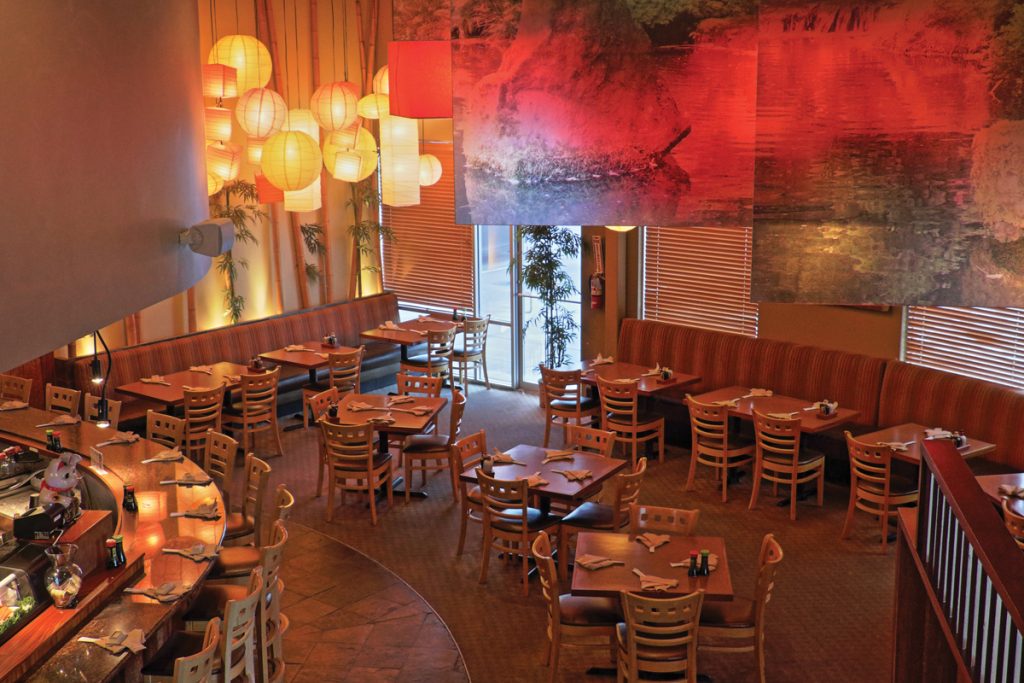
Michiru offers one of the greatest selections of fresh fish and sushi in Clear Lake
Michiru is considered by local Houstonian restaurant aficionados as one of the primo eateries in the metroplex. We are fortunate to be able to frequent the Bay Area and West University locations. These fine establishments offer more than just excellent Japanese cuisine and sushi. The décor is contemporary with warm inviting colors and tones, which create a relaxing setting and ambiance.
The restaurant offers a fully stocked bar with both well and premium liquors, wine, and an extensive sake list. They also carry some highly regarded Japanese scotch whiskeys, such as Nikka Coffee Grain, Hibiki Harmony, and Suntory Yamazaki, to name a few, some of which have won international awards in competition.
The high standard of their Japanese cuisine and sushi is where they separate themselves from similar Asian dining spots in the area. Michiru in Japanese means satisfaction. According to General Manager David Zinn, “It all begins with quality,” he states, “our fish, steaks, and produce are carefully selected before being served to the customers.
To top that off, the wait staff is professional, well trained, knowledgeable of the menu, and are always willing to go above and beyond to meet guests’ expectations of service.
The Michiru concept was started by Andy Zhuo, who worked in New York City sushi scene for over a decade before moving to Houston. In fact, most of the sushi chefs at Michiru come from a New York City background in making sushi. Utilizing superior quality fish and emphasizing detailed presentation are main focal points that distinguishes these chefs from others.
“Our chefs and sushi chefs are highly skilled, trained, and go through a progressive apprenticeship,” Zinn says.
Michiru does not have a happy hour. This is because the quality and presentation of their dishes rival the more expensive sushi restaurants found in the city. “Happy hour fish are not always happy,” explains Zinn. “But at Michiru, we have many other ways to take care of our customers, the right way.” They offer one of best reward programs in the city which is free for anybody to join, have the greatest selection of fresh fish in Clear Lake, and feature discounted weekly specials for rolls, appetizers, and drinks, in order to promote customers to try different items.
In 2009, Zhuo opened his first location in Clear Lake, which was followed several years later by the West University location. Their award-winning Japanese fusion cuisine begins with finest fresh fish, creative innovation, and a desire to continually improve their product.
One of the most popular menu items are the Tuna Dumplings. Often imitated, but never replicated, Michiru invented these beautiful delicatable red “ocean purses.” These paper-thin translucent pouches of tuna filled with avocado, shrimp, and crunch is only one of example of the creativity of MichiRu.
Their Cuban 8 roll, one of their more popular rolls for guests who like their sushi cooked, combines shrimp tempura, crab, sushi shrimp, cream cheese, and crunch. Finished with mango sauce, sriracha, and eel sauce, this roll completely “satisfies” all who taste it.
Don’t forget about their Asian kitchen! From the Bone in Lemongrass marinated Pork Chops and Certified Angus steaks to the Pepper Corn Beef Szechuan and Wasabi Cream Red Snapper, the menu has something for everybody. One thing on the menu that may come as a surprise, is their use of steak in various ways. They have a cooked-to-order wok grilled Certified Angus filet mignon, as well as some signature rolls topped with the same steak. From time to time, either American or Australian wagyu can be ordered, either as sushi/sashimi or to be cooked by the guest on a hot stone.
Also, a real treat to steak lovers is a Japanese A5 Wagyu beef, which can be found sometimes on the special menu, used both in appetizers or in a sushi roll.
Michiru has a different specialty menu offered almost daily of new creations not found anywhere else. On any given day, you might find some very interesting items such as the new Tuna Pizza, Lava Red Trout, the Bronzino Appetizer, the Phoenix roll, North Atlantic Live Scallops, and much more. If you wish to keep up with their new creations or the fresh fish of the day, like them on Facebook.
Whether or not you are looking to chow on some raw fish delicacies, only eat your food cooked, or even prefer animal free diet altogether, Michiru is a place that caters to any appetite. They have lunch specials Monday through Saturday. They are even capable of curing that sweet tooth, with a desert menu featuring Japanese favorite, mochi ice cream offered in green tea and strawberry flavors.
The Clear lake store is located on I-45 and NASA Road 1, in the strip right in front of the Cinemark theater. The other store can be found in Greenway Plaza near the Lakewood Church. Reservations are welcome every day of the week, but not required to get a seat.
 By Xander Thomas
By Xander Thomas


